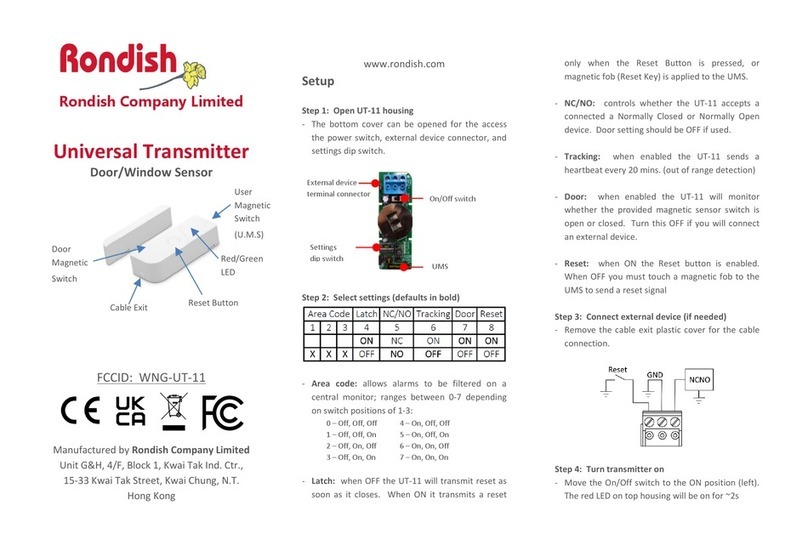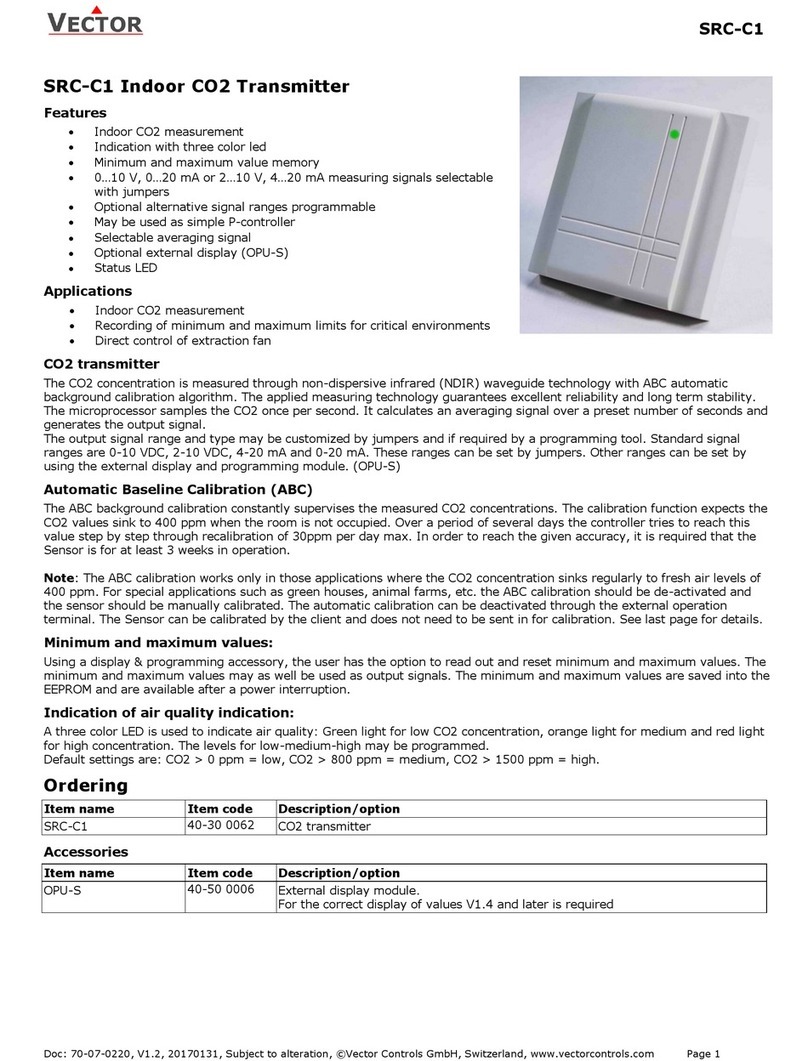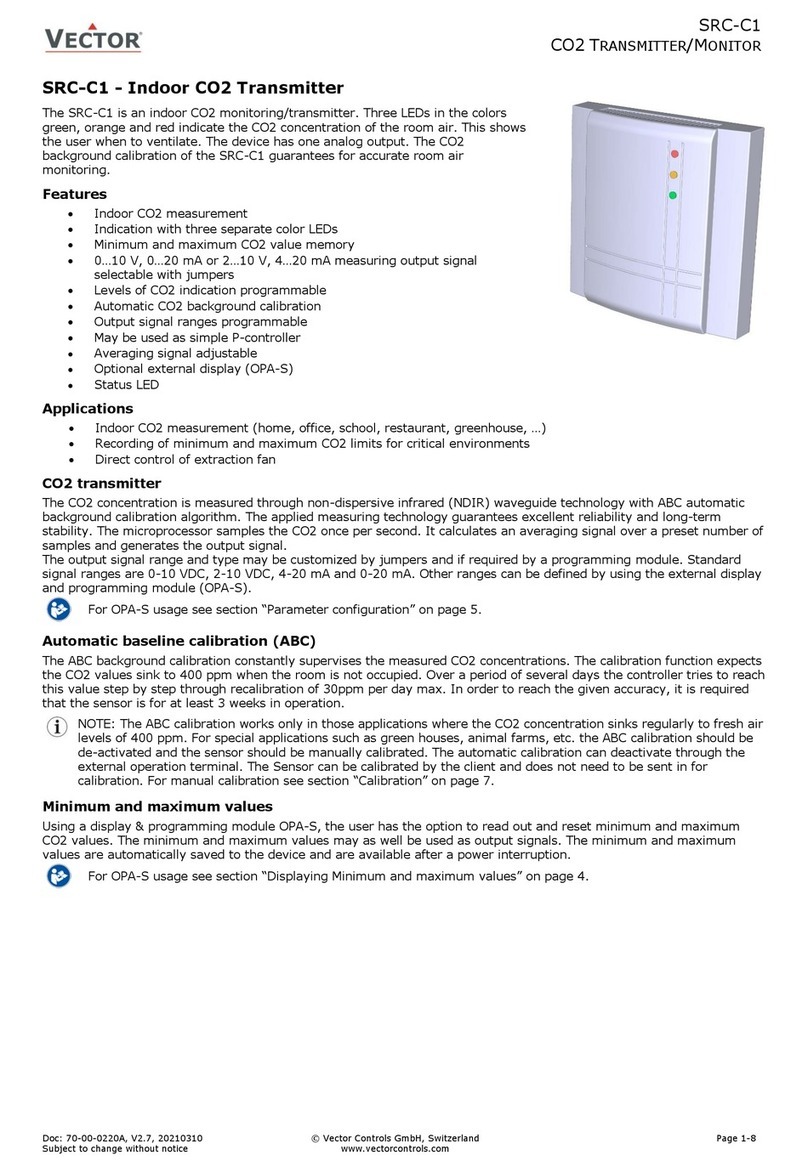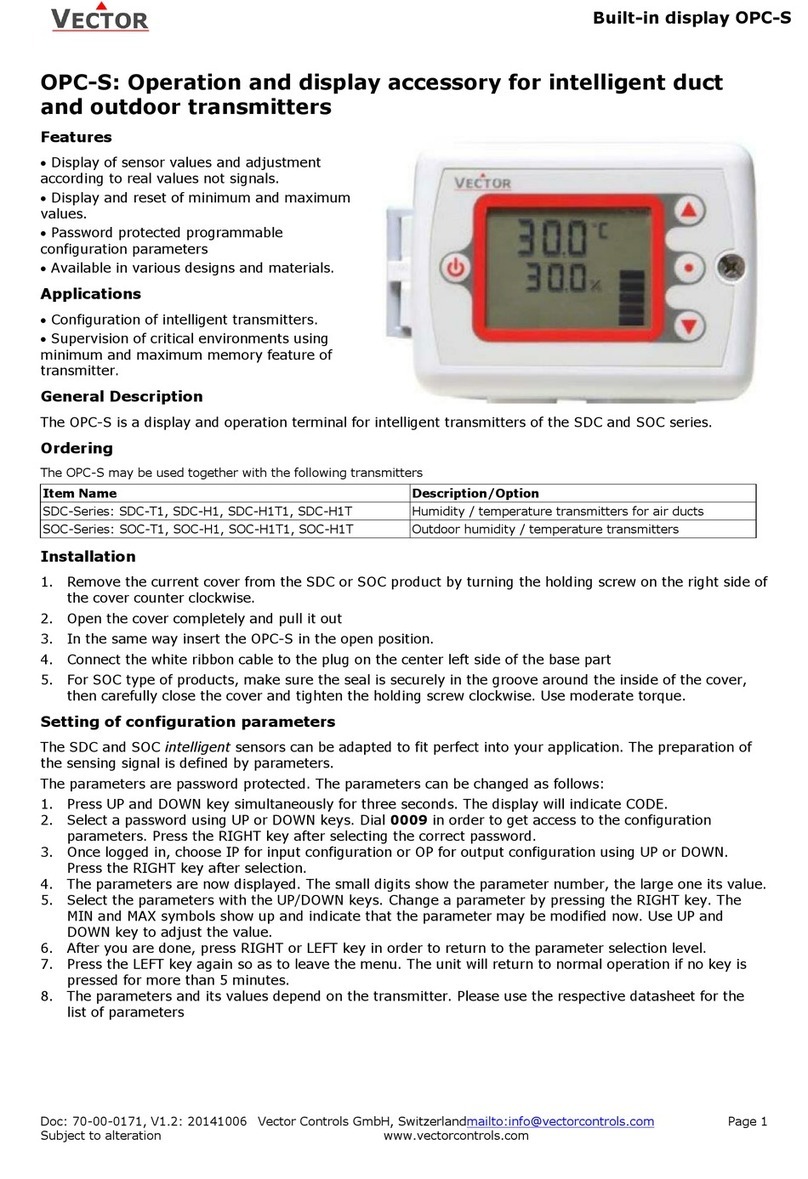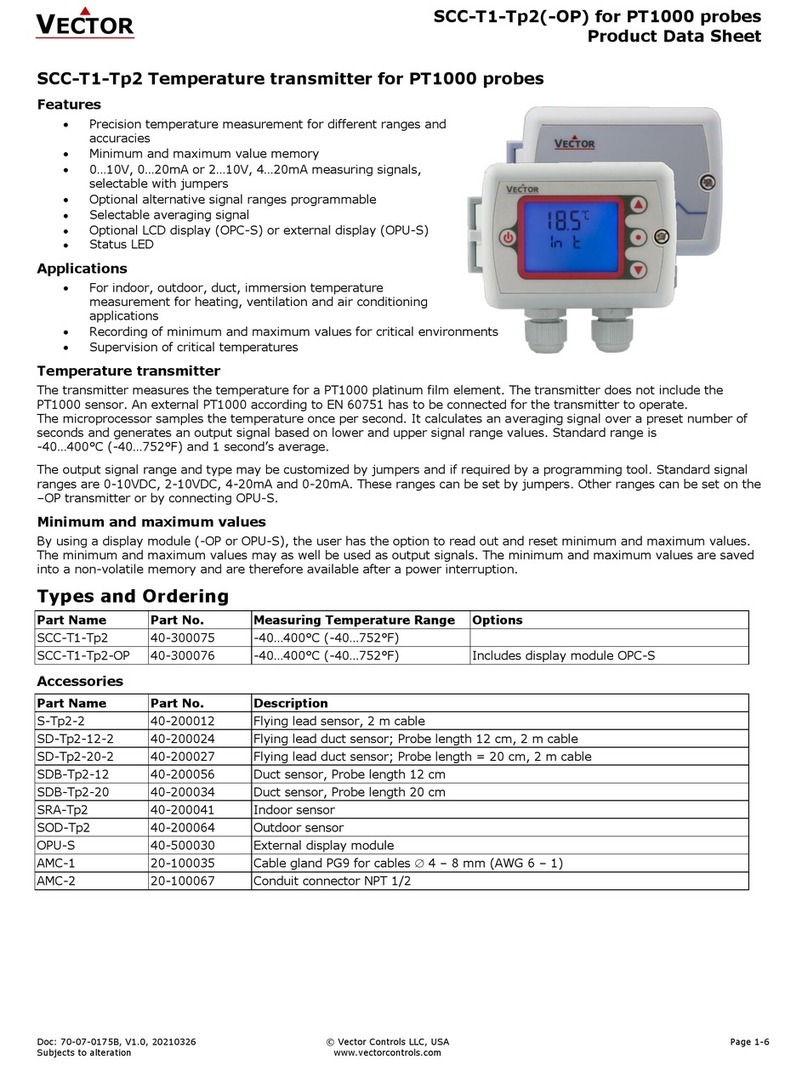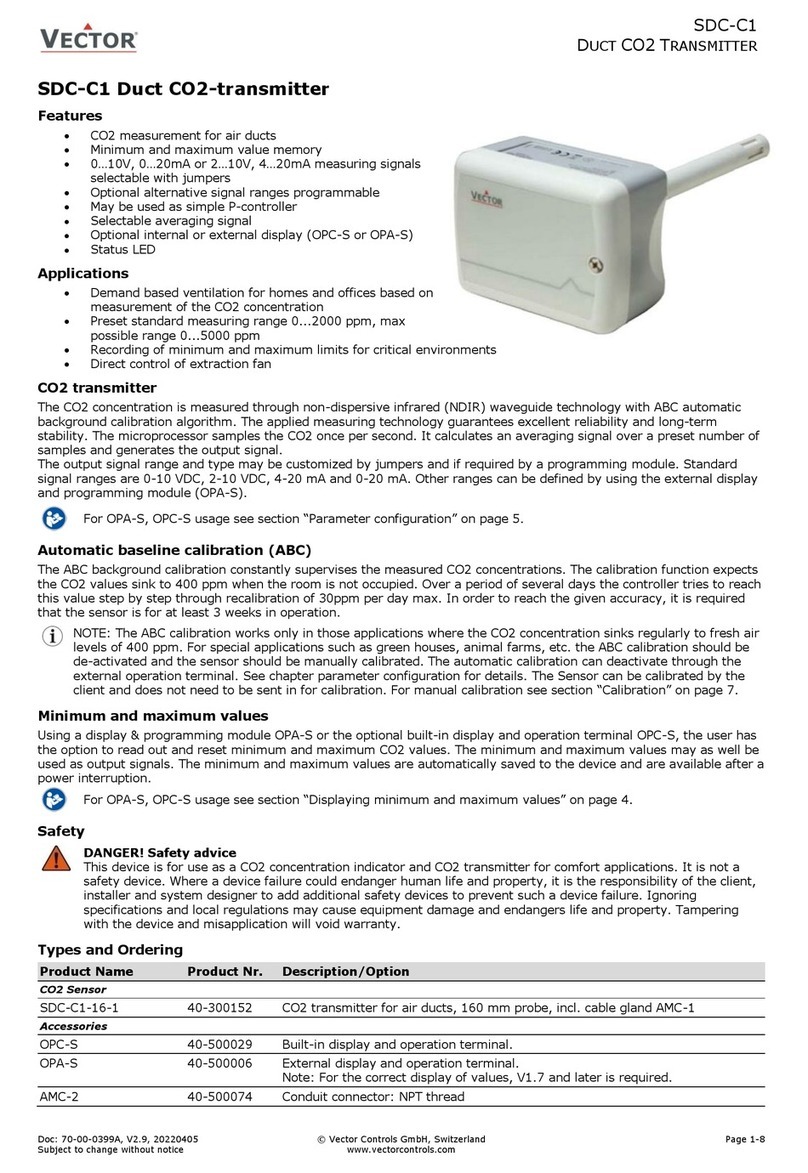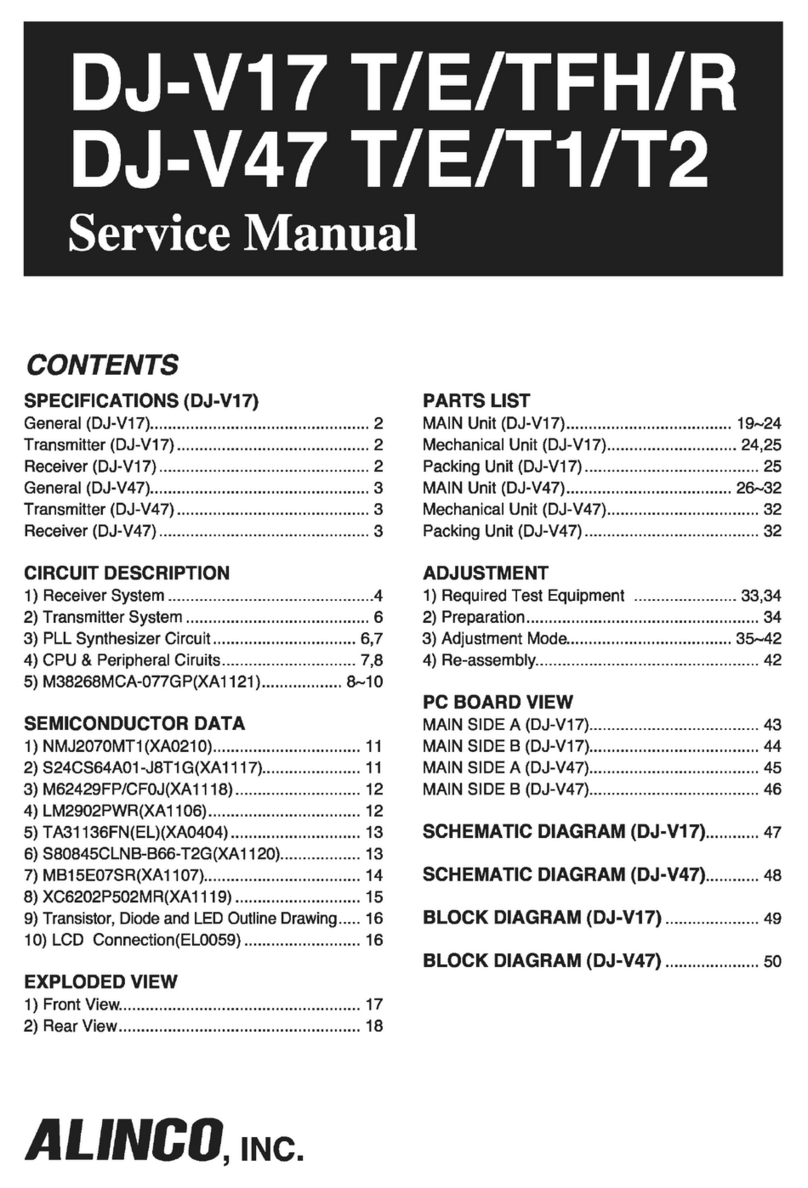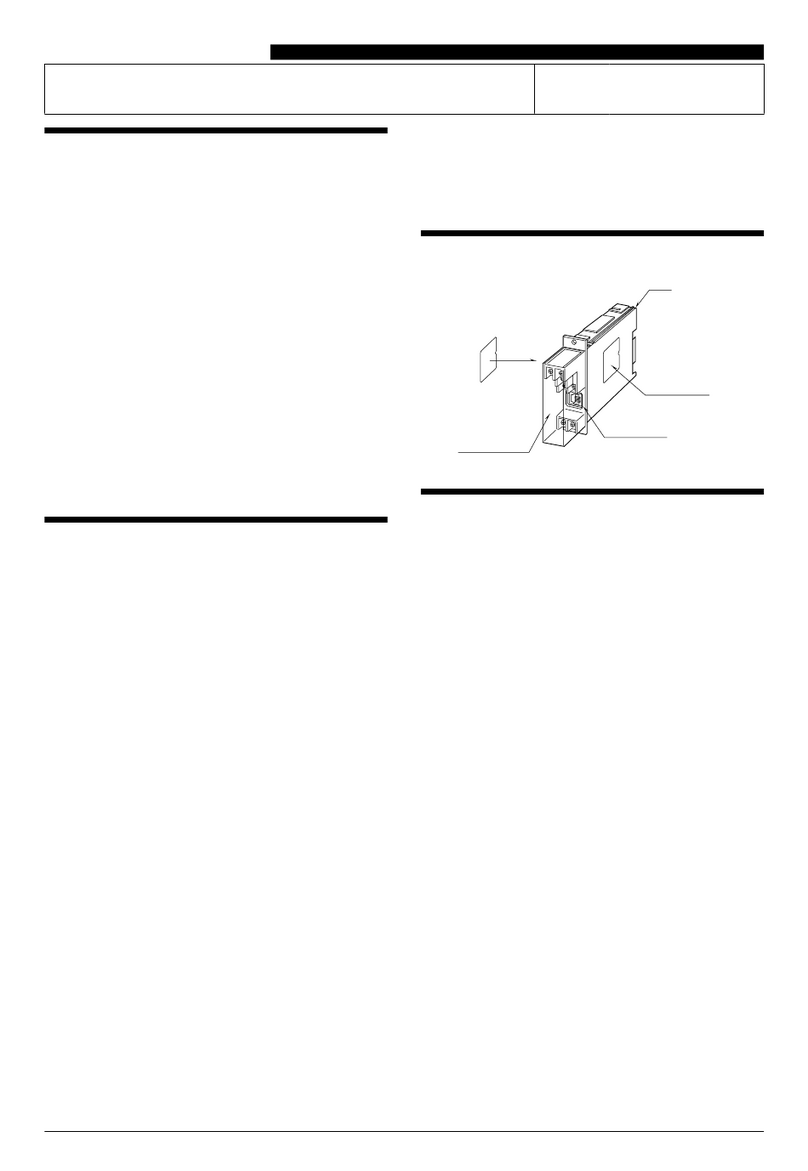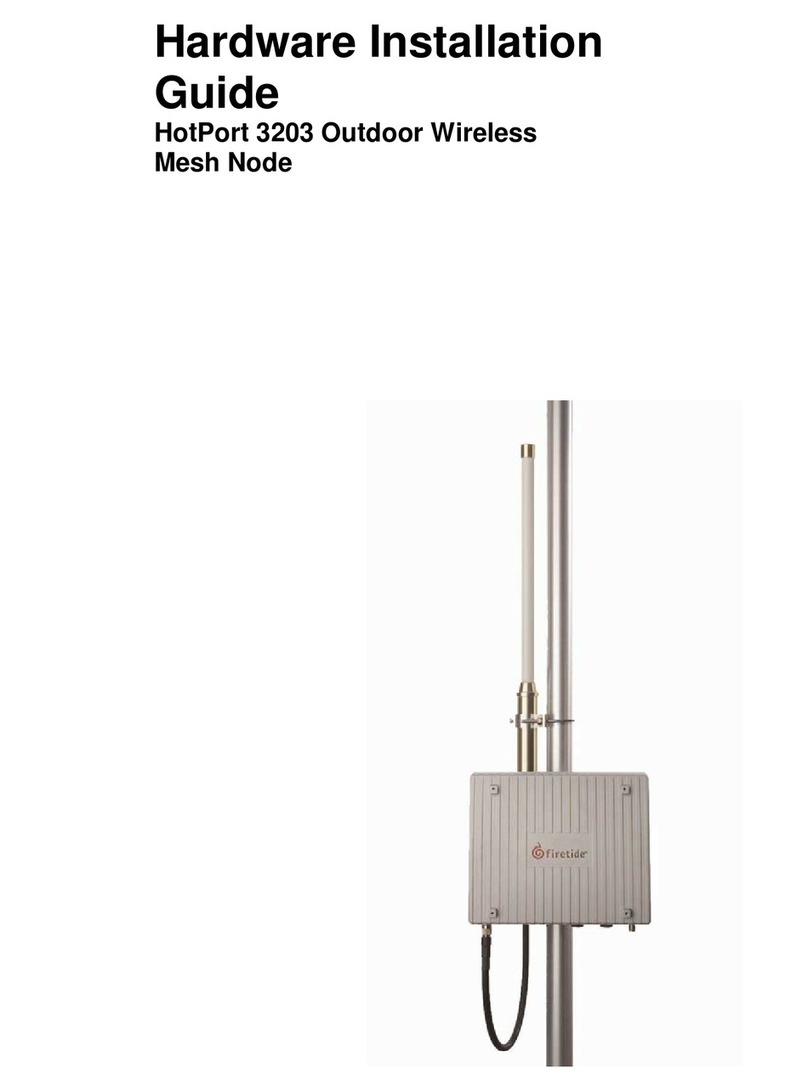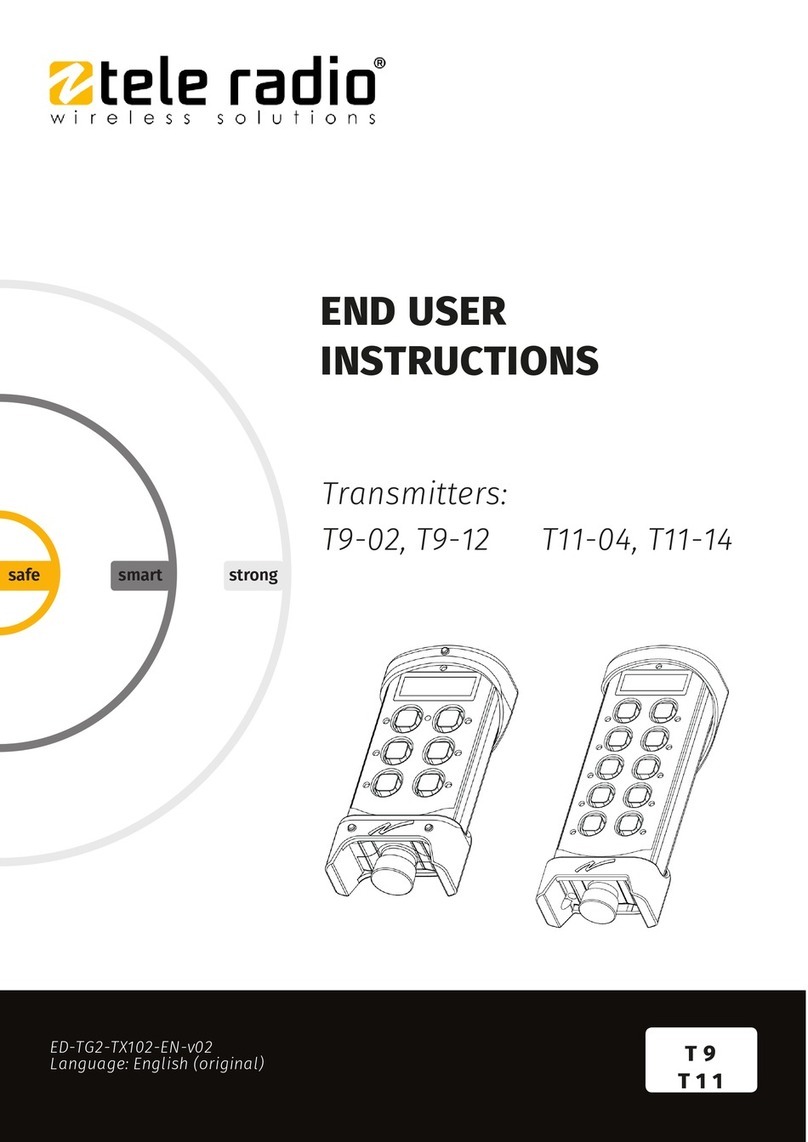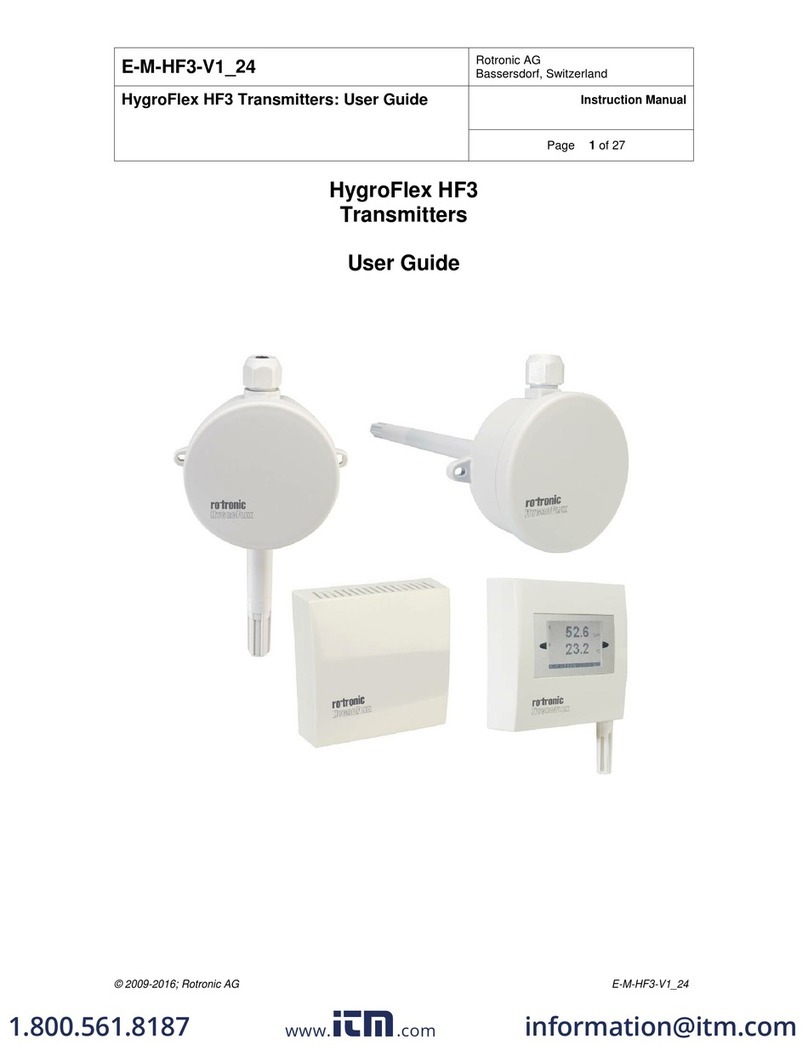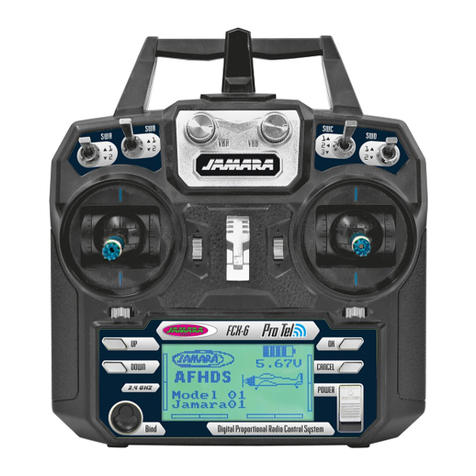Doc: 70-00-0794, V2, 20200311 © Vector Controls GmbH, Switzerland Page 5
Subjects to alteration www.vectorcontrols.com
Use as P-controller
The CO2-transmitter may be converted into a proportional fresh air controller through a simple change of two
parameter settings:
Set a minimum concentration when the fresh air fan should start to run at its minimum speed for example 500 ppm.
Set this as the minimum value in IP08 parameter. Then define the value when the fan should run at full speed, for
example 1000 ppm and set this value in IP09. Your transmitter has now been converted into an air quality P-controller!
The fan will start to run if the CO2 concentration is higher than 500 ppm. It increases to its maximum when CO2
concentration reaches 1000 ppm.
Calibration
The default sensor OEM unit is maintenance free in normal environments thanks to the built-in self-correcting ABC
algorithm (Automatic Baseline Correction). This algorithm constantly keeps track of the sensor’s lowest reading over a 7
days interval and slowly corrects for any long-term drift detected as compared to the expected fresh air value of 400
ppm CO2.
Rough handling and transportation might, however, result in a reduction of sensor reading accuracy. With time, the ABC
function will tune the readings back to the correct numbers. The default “tuning speed” is however limited to about 30
ppm/week. For post calibration convenience, in the event that one cannot wait for the ABC algorithm to cure any
calibration offset, manual calibration may be activated using following procedure. There are two calibration possibilities:
0 ppm and 400 ppm. Only one calibration needs to be performed.
Calibration to 400 ppm (Fresh air)
1. Connect OPA-S and expose the active sensor for at least 5 minutes to fresh outside air. It is important to
expose the sensor to only fresh air. An open window close to the sensor with a higher level of CO2 could
prevent a stable signal. Observe the CO2 value on the OPA-S.
2. Once the CO2 value has stabilized, login with the OPA-S and set IP13 = 2, then exit configuration mode. The
air quality led will blink green colour 2 times alternating with the status led in 2 second intervals.
3. The sensor will now wait for a stable concentration. Once the calibration has been executed, the status LED will
show constant RED and the green air quality led will blink for 10s if successful. If calibration is not successful
(no stability of concentration for 5 min, no communication with sensor) the red air quality led will blink instead
and the status LED will stay constantly on red in error mode. Recalibrate or restart device to stop error mode.
4. You may additionally verify the calibration using the OPA-S. If successful IP13 will change to 0. If unsuccessful
the value of IP13 changes to 4.
5. If unsuccessful, wait at least 1 minute before repeating the procedure again. Make sure that the sensor
environment is steady and calm!
Calibration to 0 ppm with CO2 free gas
1. Connect OPA-S and place the sensor in a container filled with a gas mixture which is free from CO2 (i.e.
Nitrogen or Soda Lime CO2 scrubbed air). Observe the CO2 value on the OPA-S.
2. Once the CO2 value has stabilized, login with the OPA-S and set IP13 = 1, then exit configuration mode. The
air quality LED will blink in red colour 2 times alternating with the status led in 2 second intervals.
3. The sensor will now wait for a stable concentration. Once the calibration has been executed, the status LED will
show constant RED and the green air quality led will blink for 10s if successful. If calibration is not successful
(no stability of concentration for 5 min, no communication with sensor) the red air quality led will blink instead
and the status LED will stay constantly on red in error mode. Recalibrate or restart device to stop error mode.
4. You may additionally verify the calibration using the OPA-S. If successful IP13 will change to 0. If unsuccessful
the value of IP13 changes to 4.
5. If unsuccessful, wait at least 1 minute before repeating the procedure again. Make sure that the sensor
environment is steady and calm!





